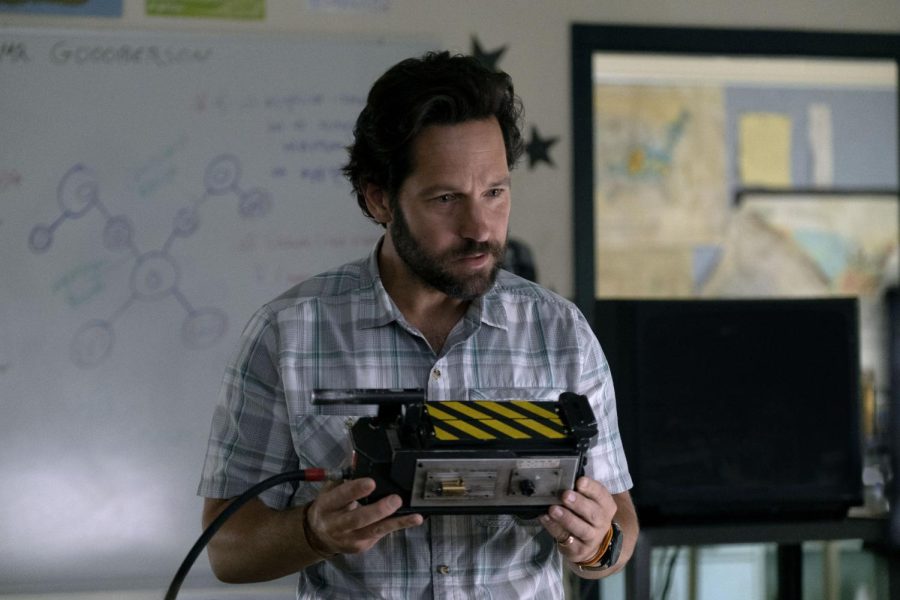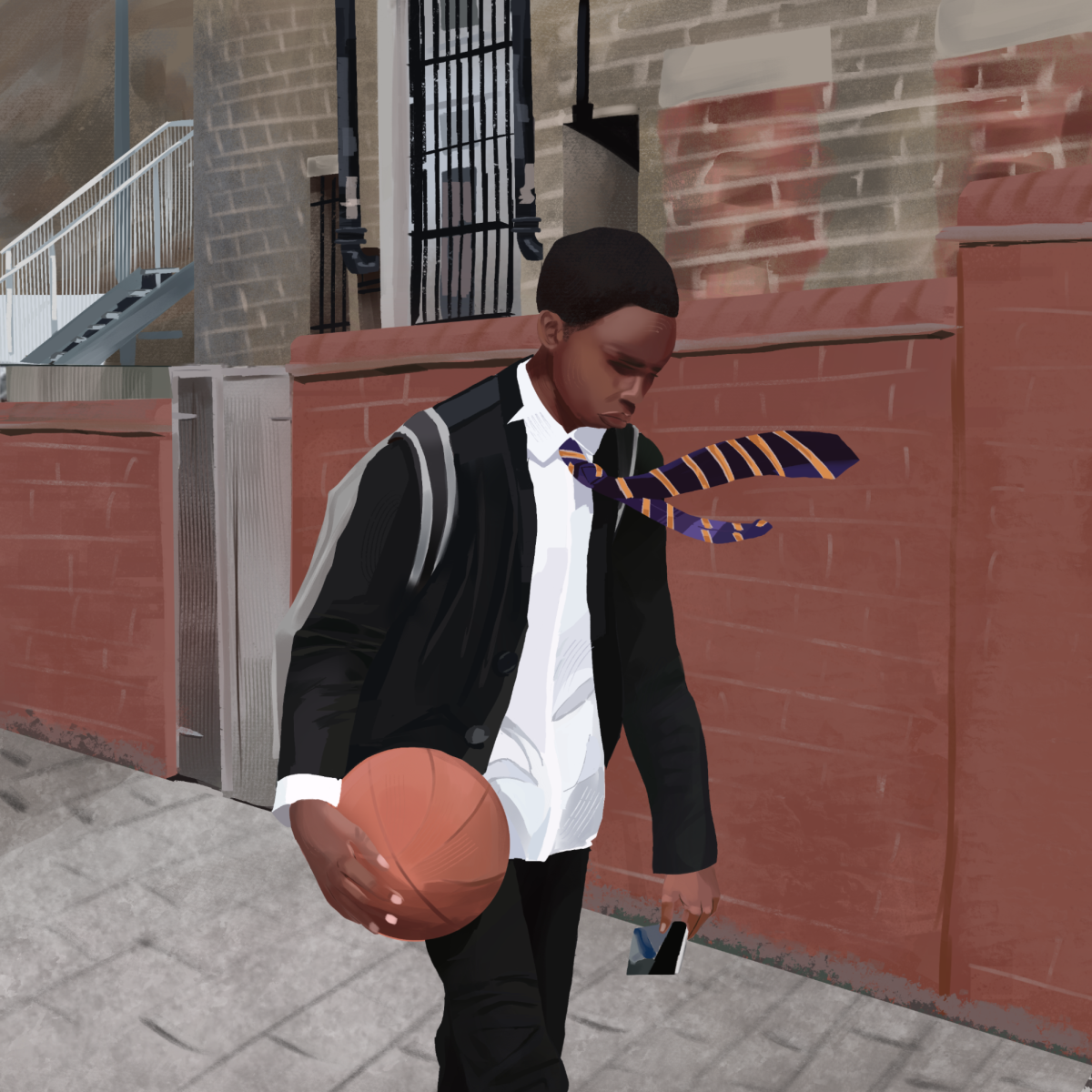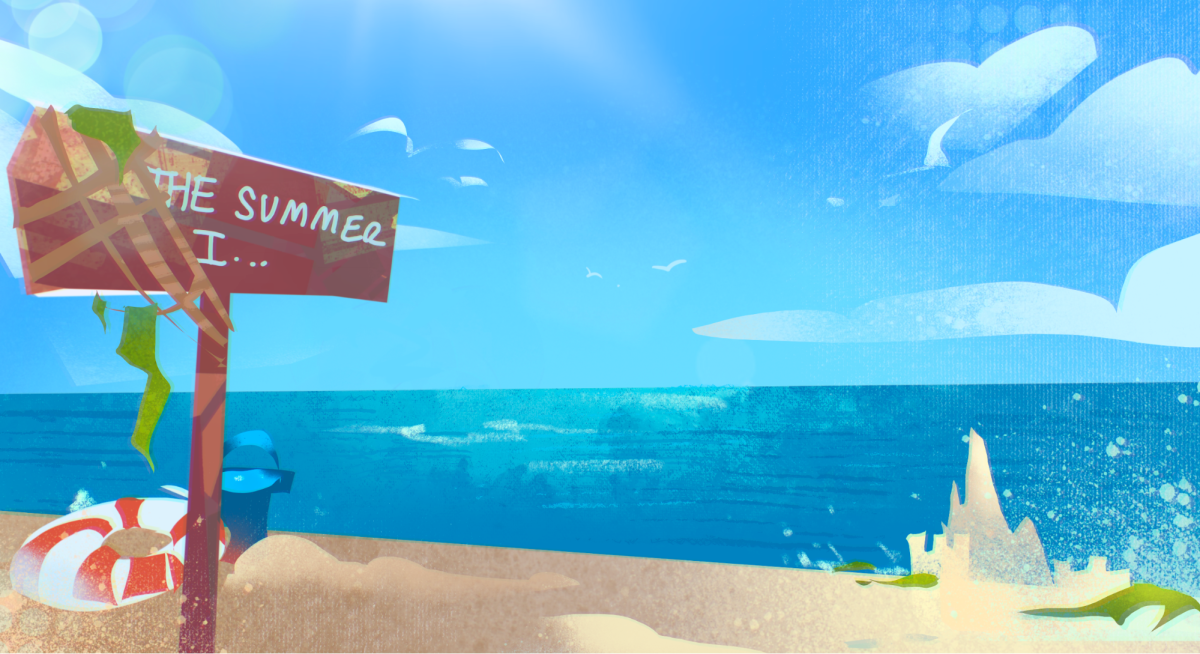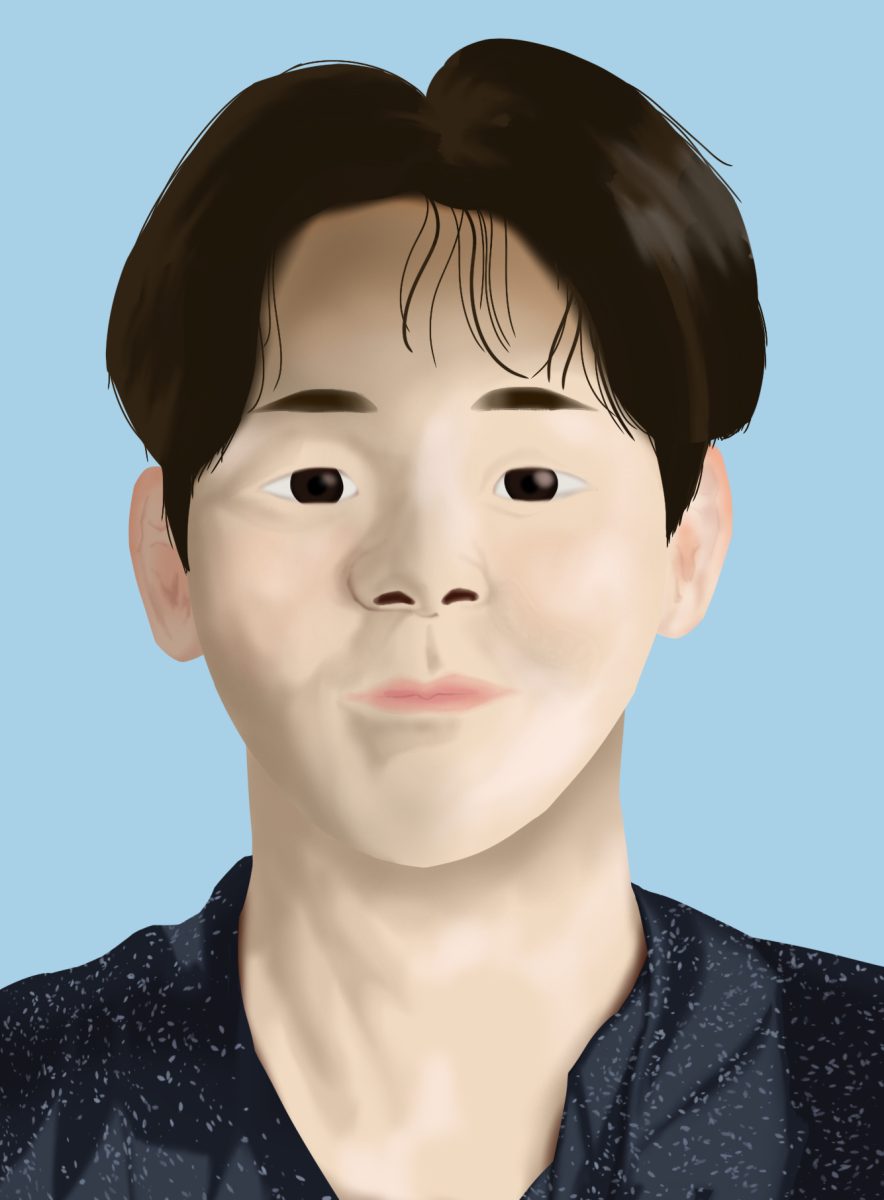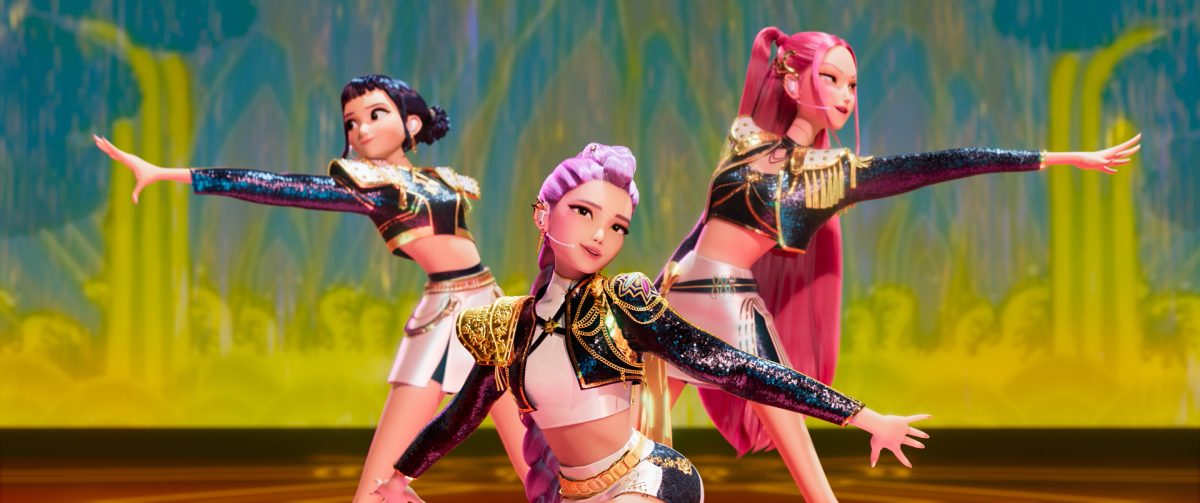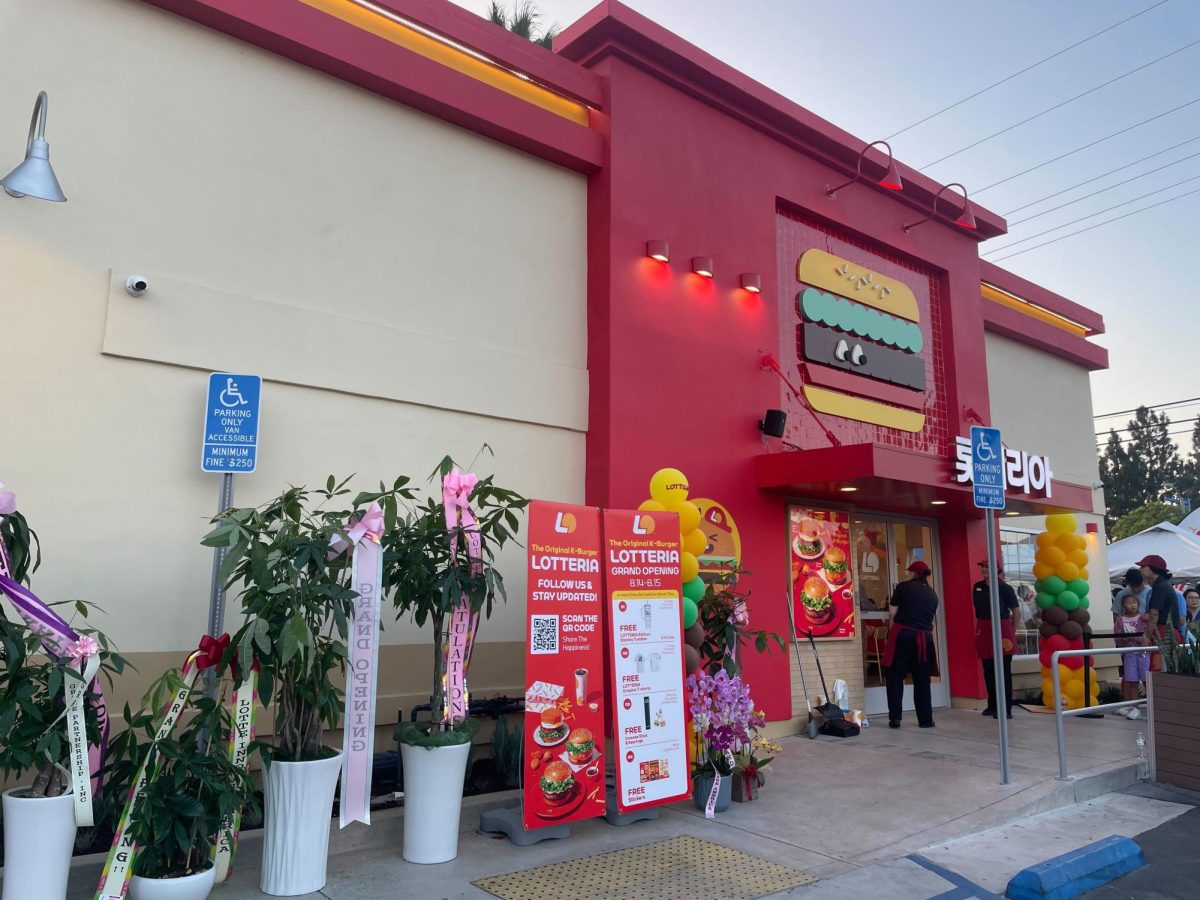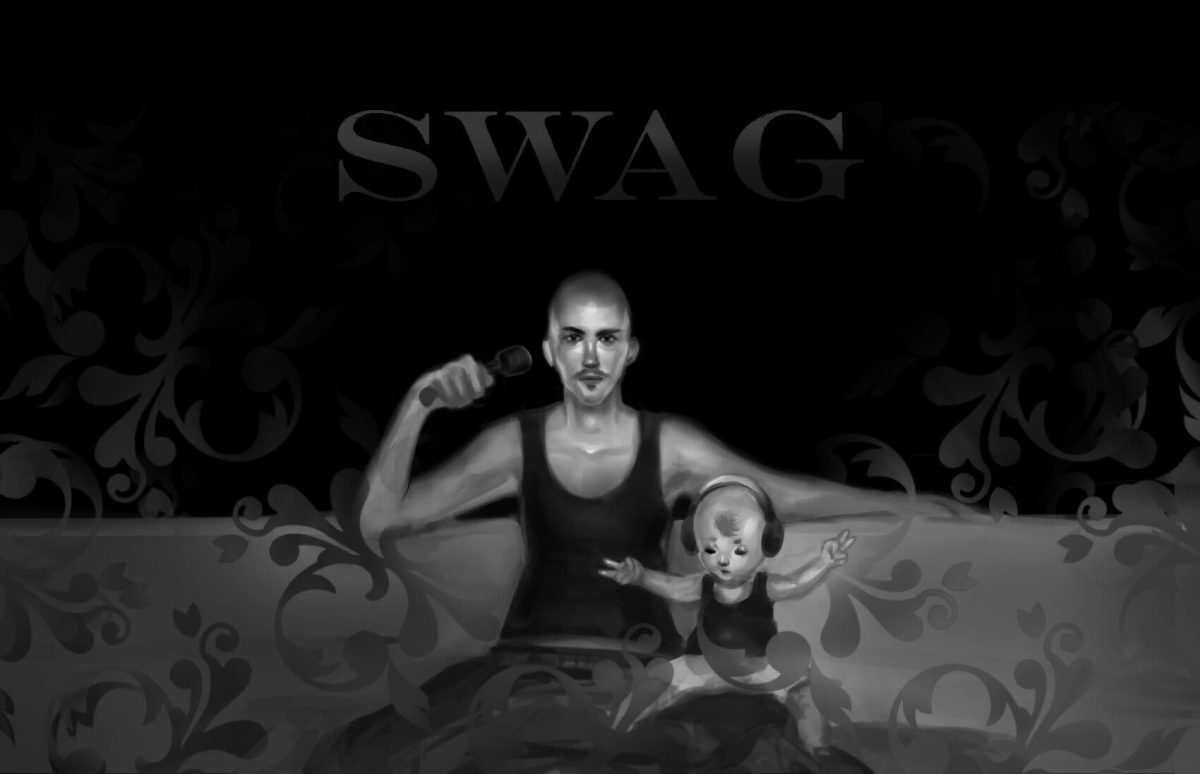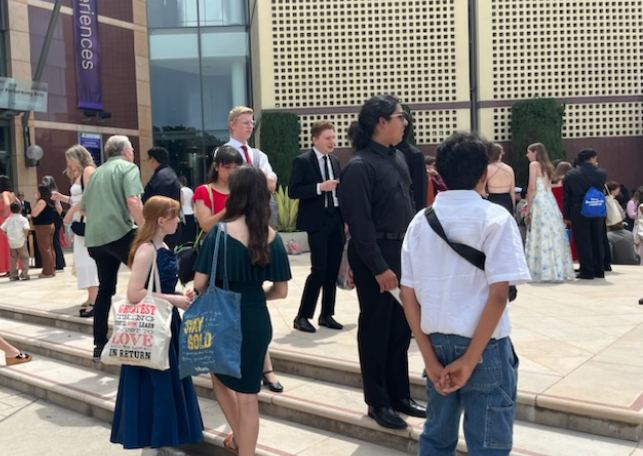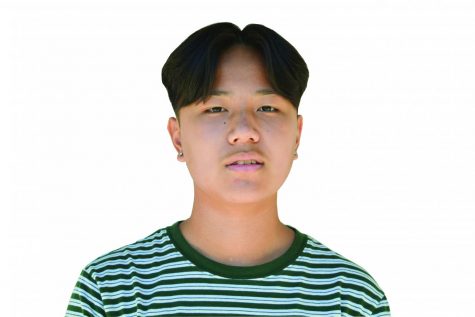The fluffy, white marshmallow monster stomps into the streets of New York City’s Columbus Circle, protagonists hop into their tacky, beige jumpsuits and the Proton Pack entraps ghosts attacking the community.
Such pop culture references from the classic 1980s “Ghostbusters” series will surely evoke familiar memories for older audiences.
However, the newer generation may be rather unfamiliar with characters such as Peter Venkman (Bill Murray, “The French Dispatch”) or Ray Stantz (Dan Aykroyd, “Pixels”).
The recent addition of “Ghostbusters: Afterlife” to the franchise means so much in patching generational gaps regarding pop culture. Reviving nostalgia for moms and dads while introducing children to the parents’ childhood pop culture, the Nov. 19-released film serves as the perfect family movie to watch in theaters.
Picking up from the 1989 film “Ghostbusters II,” the story follows 15-year-old Trevor (Finn Wolfhard, “How It Ends”) and 12-year-old Phoebe (Mckenna Grace, “Malignant”), who have just moved into a broken-down farmhouse in the middle of a rural neighborhood with their mother, Callie (Carrie Coon, “What if…?”).
Soon after their arrival, Phoebe notices frequent extraordinary occurrences, such as daily earthquakes in the town. She continues to examine the new location, finding numerous artifacts, while Trevor spends most of his time trying to impress his female classmate Lucky (Celeste O’Connor, “Freaky”).
Meanwhile, Callie starts to build a strange relationship with Phoebe’s teacher after their awkward encounter on the first day of school at the front doors through the main part of campus.
Just like her mother, Phoebe overcomes her inability to socialize with the help of one of her other new classmates, Podcast (Logan Kim, “Home Movie: The Princess Bride”).
After the establishment of the new Ghostbusters team, the four — Phoebe, Trevor, Podcast and Lucky — go on to discover the secret legacy that Venkman, one of the four original Ghostbusters, has left behind.
The film heavily comprises the theme of family into its plot — one of the key aspects may be the relationship development between Phoebe and her science teacher, Gary Grooberson (Paul Rudd, “Avengers: Endgame”). Because Phoebe was raised by a single mother, she has always been discouraged and insecure about herself, but throughout the story, Grooberson plays the role of the understanding teacher.
Perhaps director Jason Reitman (“The Front Runner”) drags these moments from his childhood experience. Like a family legacy, his father, Ivan Reitman (“Draft Day”), directed the first two movies of the original “Ghostbusters” series back in the 1980s.
This may be why the theme of family is reinforced in Jason Reitman’s version of “Ghostbusters.”
The film continues its franchise’s legacy and exceeds any recent Hollywood blockbuster, such as “Venom: Let There Be Carnage,” in regards to visual effects and action sequences.
Noticeably upgrading from the 1980s “Ghostbuster” films’ tacky visual effects of the ghosts, “Ghostbusters: Afterlife” presents a plethora of monsters graphic enough to pose a real scare to threaten any modern audience.
Further, the action sequences demonstrate Jason Reitman’s exceptional understanding of how to take audiences on a thrilling journey. Near the second act, an enormous ghost escapes from the newly formed Ghostbusters team, but when least expected, Phoebe pulls out the Proton Pack, a gift from her grandfather, and drains the supernatural beast into the machine.
Fulfilling the expectations of regular movie-goers and die-hard fans, “Ghostbusters: Afterlife” leaves audiences waiting for the next installment of the franchise.



